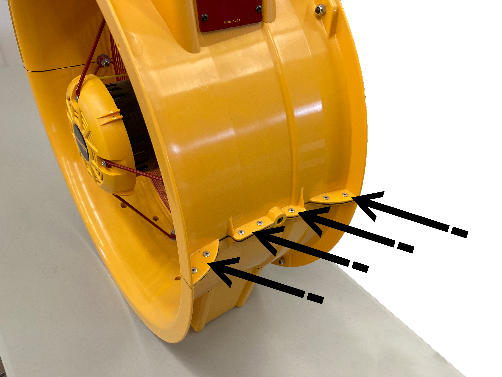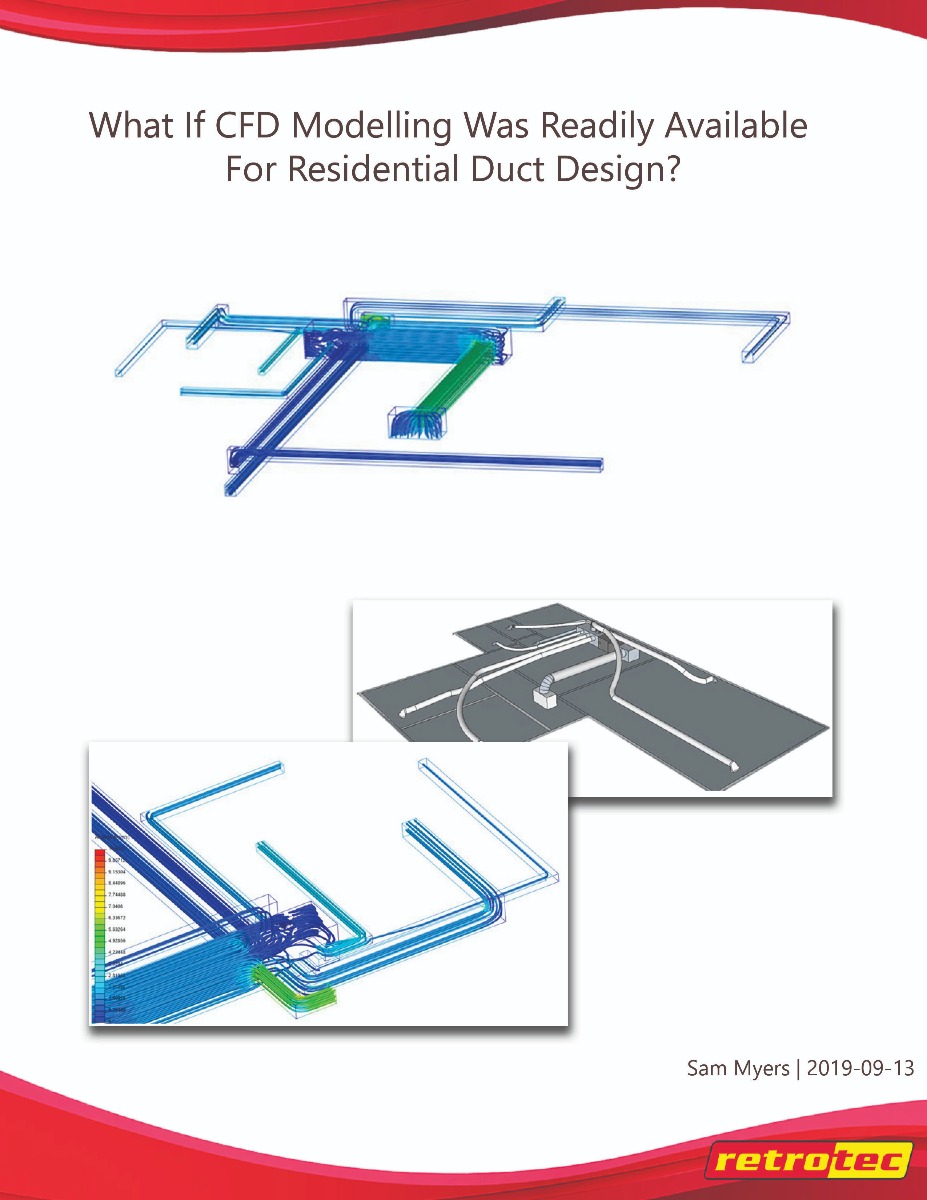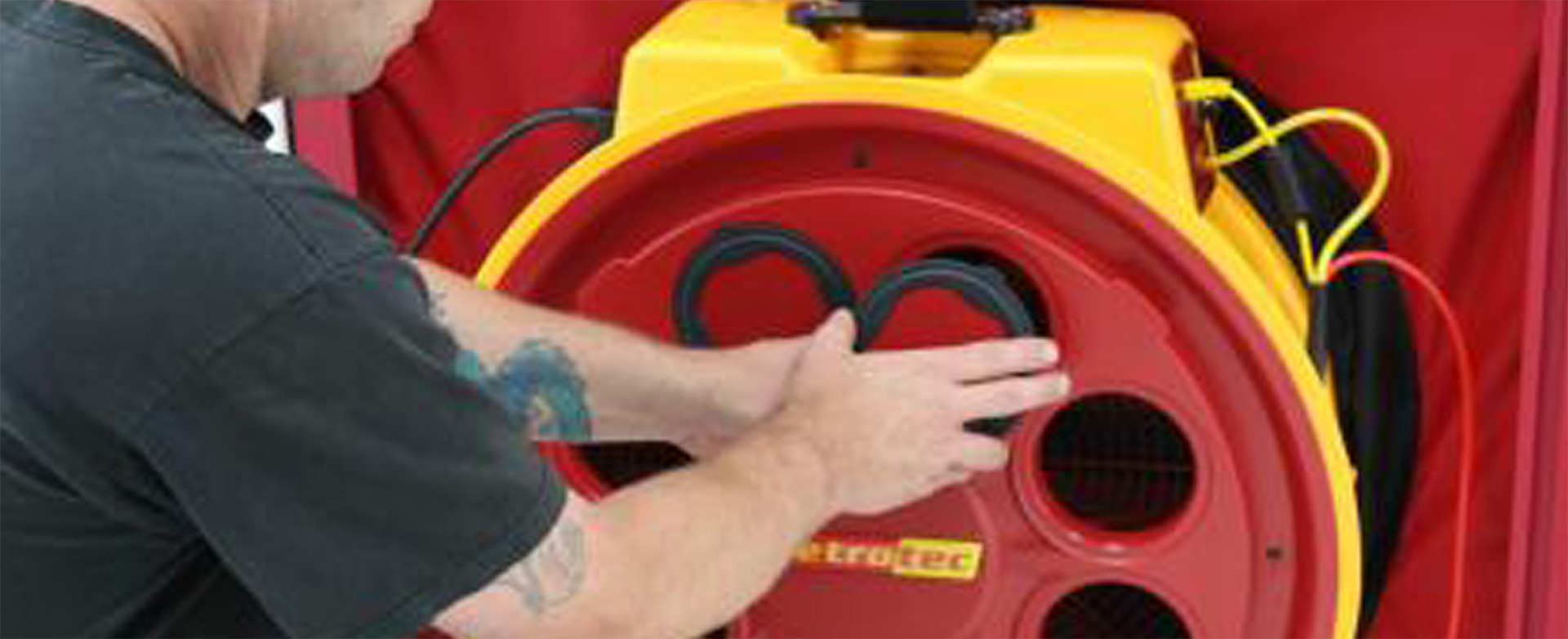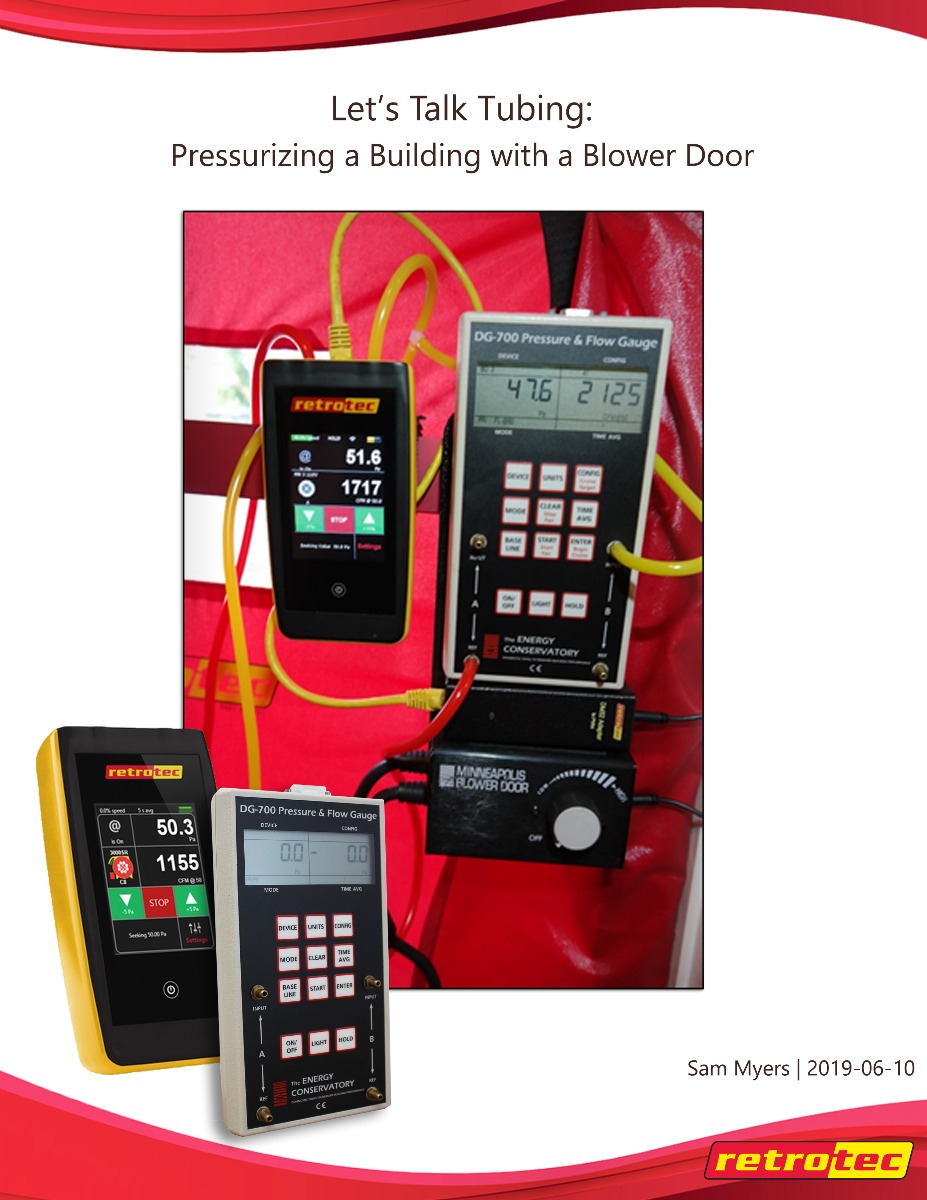Jack Duffy
-
Posted: March 02, 2021Read more »
For those looking to improve building and HVAC performance, a blower door is a must-have. This tool measures and exposes air leaks in buildings, one of the most vital contributors to high construction quality and correct HVAC equipment sizing. The blower door test removes a lot of the guesswork for builders, HVAC contractors, and insulators. It is also mandatory for HERS Raters, energy auditors, and building science consultants. If you are using a blower door, it is clear you care about the quality of your work. Therefore, you are going to want the best product available to allow you to work smarter, not harder. When shopping for a blower door system, here are some questions to consider to ensure you are getting the most bang for your buck.
 Durability: Will it last? – Not all blower doors are created equally. Remember, you will be hauling t
Durability: Will it last? – Not all blower doors are created equally. Remember, you will be hauling t -
Posted: December 21, 2020Read more »
Beginning December of 2020, the Nashville Tennessee area will update its building code to the IECC 2018. This means a blower door and duct leakage test will be required for all residential new construction homes per the new code update. Are you ready to meet these new requirements?
Luckily, Retrotec’s DucTester and blower door systems come with an online training module that provides you with a Manufacturer’s Certification that will have you testing your work in no time.
A recent Retrotec webinar, “Duct Testing Best Practices,” walks through duct testing procedures relevant to those looking to begin testing in Tennessee. You can also see our latest blower door presentation: “Blower Door 101”, which covers the basics of setting up a blower door system and getting the results you need.
-
Posted: July 13, 2020Read more »
-article by Sam Myers, Retrotec

Reducing air leaks in duct systems plays an essential role to ensure efficient HVAC system operation. This keeps operating costs down and occupants comfortable. The duct tester equipment used to test for air leaks in duct work is made up of a calibrated fan, high precision manometer, tubing to connect the manometer to the fan, and flexible duct to connect the duct tester to the HVAC system. The technology applied to commercial duct testers has greatly improved over the past decade. What used to be a large blower bolted to a wheeled hand truck can now be easily carried by one worker in a case with a shoulder strap; all without sacrificing power. However, even with some of the most powerful duct testers out there, more fan power is needed for extremely large HVAC cabinets to
-
Posted: February 10, 2020Read more »
Yes, according to this high-performance builder, who uses it to constantly raise the quality bar
This is the 6th installment of a monthly column from Ben Walker, Co-CEO of Retrotec. Ben's column focuses on observations on the art and science of high-performance building and home testing.

Home builders are using blower doors
to go beyond code complianceWith codes and high-performance construction programs requiring airtightness testing, a small but growing cadre of home builders have been purchasing their own blower
-
Posted: January 21, 2020Categories: EnergyRead more »

Blower-door assisted load calculations are boosting profits and customer satisfaction and reducing risk for forward-thinking contractors.
If you've been following the latest industry buzz you may have heard of HVAC 2.0 (formerly Home Performance 2.0). It's a real game changer that every HVAC contractor in the residential market needs to check out. Here's why.
The “2.0” suffix suggests an improvement to the status quo. That's certainly the case here. HVAC 2.0 is a new, consultative sales process designed to help contractors close more business at higher ticket prices, by helping customers solve their real comfort problems. And it's structured so that the initial consultation can be done effectively by an entry-level sales tech.
How It Works
HVAC 2.0 is the brainchild of Nate Adams of Energy Smart Home Performance, a Cleveland Home Performance consultancy. HVAC 2.0
-
Posted: October 16, 2019Categories: Ben's ColumnRead more »
This is the 4th installment of a monthly column from Ben Walker, Co-CEO of Retrotec. Ben's column focuses on observations on the art and science of high-performance building and home testing.
Mention the phrase "Summer Camp" and most people conjure images of happy kids frolicking at a lake while learning fun skills with friends. What they don't realize is that there's an adult version that's just as fun and rewarding.
-
Posted: September 13, 2019Categories: EnergyRead more »
 What If CFD Modelling Was Readily Available For Residential Duct Design?
What If CFD Modelling Was Readily Available For Residential Duct Design?Author: Sam Myers
Abstract
Within the confines of the HVAC field, airflow behavior is one aspect that can be difficult to understand when it comes to proper duct system design and airflow measurement. The challenge of providing a visual display of an issue that is invisible to the naked eye is a regularity we face when working with clients, apprentices and students. Once a duct system is installed, we can use diagnostic tools such as flow hoods and duct testers to measure and expose air flow and leakage, then record our reading. We can also use thermal imaging equipment and smoke generators to make air behaviors visible. However, these actions are more reactive than proactive. What if we could see how air is supposed to behave inside our duct system during the design phase? Or show what happens if mistakes are made? The use of computational fluid dynamics (CFD) modeling can allow
-
Posted: September 01, 2019Read more »
Starting in September of 2019, a duct leakage test will be required for all residential new construction homes that have ductwork outside of the conditioned space. This includes ducts located in vented crawlspaces, ventilated attics, and attached storage rooms that are not conditioned.
In many states, a certification of some type is typically required. However, in Virginia’s case, the tester’s ability to operate the equipment is to be determined by the AHJ (Authority Having Jurisdiction).
Luckily, Retrotec’s DucTester systems come with an online training module that provides the user with a Manufacturer’s Certification. This can be presented to building inspectors to provide proof that the tester is knowledgeable when it comes to testing ducts for leakage. This is unique only to the Retrotec brand of testing equipment.
A recent Retrotec webinar, “Duct Testing Best Practices,” walks through duct testing pro
-
Posted: June 26, 2019Read more »
This is the 2nd installment of a monthly column from Ben Walker, Co-CEO of Retrotec. Ben's column focuses on observations on the art and science of high-performance building and home testing.
A blower door test, along with before and after load calculations of a leaky 1915 home, show the value of these technologies for remodelers and homeowners.
A lot has been written about making new homes energy efficient, comfortable and healthy. That's important, but as more communities with high-performance new homes become available, more owners of existing homes want the same benefits.
Just tightening up a home isn't enough, however. Homeowners want you to quantify the improvements. That's where testing earns its keep.
Weatherization contractors and remodelers who specialize in energy retrofits talk about "testing
-
Posted: June 10, 2019Read more »
Author: Sam Myers, Retrotec
When pressurizing a building with a blower door, did you know that extra tubing must be added to the Channel B side of your gauge if you are not using a Retrotec DM32? If this tubing connection is neglected, you will have a reading that is approximately 20% high due to the open Channel B port that is referencing the indoor pressure of 50Pa instead of the outdoor pressure. Therefore, the extra tube is needed to connect that port on Channel B to the outside so that it is referencing the outside instead of the pressure induced by the blower door.
However, the Retrotec DM32 automatically





